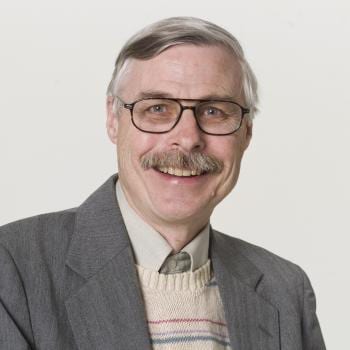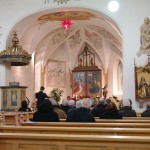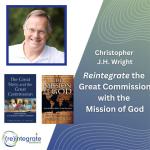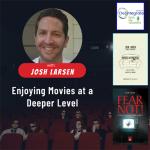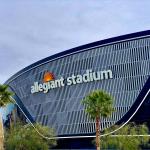For the past 300 years or more the secularism thesis has said that science, individual freedom and other features of modernity make religion irrelevant. Or at best, religion is a private option with no particular public competency. “This thesis is not true,” Luke Bretherton recently told participants at a conference sponsored by Episcopal Charities of Chicago. The morning newspaper is sufficient evidence that, although society and religious expression have changed, religion is quite influential around the globe.
Religion’s influence cannot be reduced to Islamic fundamentalism’s violent anti-modernism, continued Bretherton, a visiting professor at Duke University. Religion and the modern world interact within many “different contexts and different institutional domains.” Bretherton provided several positive examples of interaction, including from his native London. He also pointed out that nowadays many expressions of modernity and many expressions of religion can all exist in one place like Chicago. Sometimes and to some people this urban mix is enriching, or not threatening. In other situations and to other people, as for example in France, the mix can be tense.
Some modern-thinking young adults, it is said, distinguish religion (which turns them off) from spirituality (which can be compatible with their lifestyle). This distinction does not have traction because the phrase spiritual but not religious almost always means an individually designed way station. A customized spirituality cannot carry ultimate meaning as do religions.
This is not to say that the persistence of religion is the same as the current religious institutions. The United States-style of Catholic parish, for example, can no longer adequately carry and communicate Christianity’s meaning system. To attract mobile and educated young adults, the parish has to substantially change its culture, its outreach tools, its use of buildings and more.
Obviously, some of today’s religious leaders are still fighting against modernity, most of whom use non-violent means, though not all. Similarly, some religious leaders advocate sectarianism to one degree or another. This strategy appears in the pages of popular magazines from time to time, but its adherents will be few.
At the other extreme, some religious leaders want a near total embrace of modernity by way of popular opinion, pop psychology or social activity. Not long ago some religious leaders were completely identified with the political left. Today, right-wing evangelicals embarrassing support Donald Trump, a modern uninhibited libertarian.
Ours is a time for many experiments in religious-societal dialogue. There is no single model. No grand strategy. The way ahead, as Bretherton concluded, is many conversations and projects in many settings that with a little momentum establish “a pattern of gift exchange.” Both modern society and traditional religion are enriched as each shares from its storehouse. Bretherton’s book is Resurrecting Democracy: Faith, Citizenship (Cambridge University Press, 2015).
Droel is editor at National Center for the Laity (PO Box 291102, Chicago, IL 60629).





